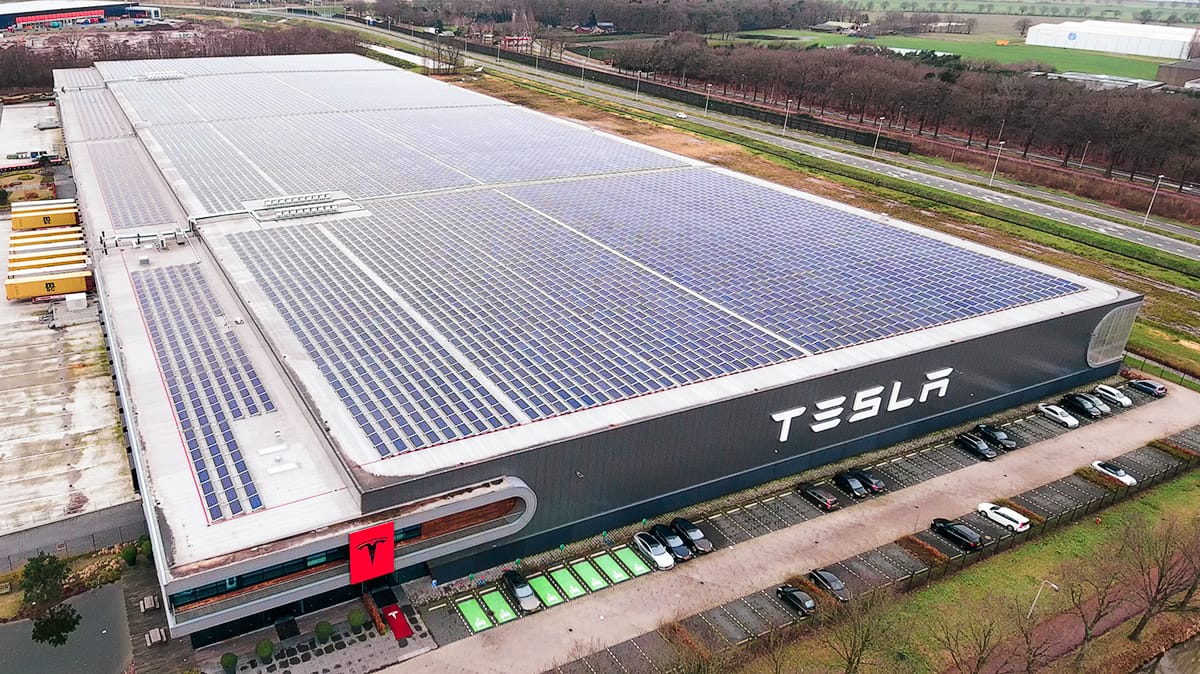The trade relationship between the United States and China has become increasingly complex, characterized by a series of tit-for-tat tariff measures that have significantly affected global trade dynamics. Following the tariffs imposed by the U.S. administration during Donald Trump’s presidency, which targeted a range of Chinese imports, the Chinese government has announced corresponding levies on an array of U.S. products. These new tariffs are set to take effect in the coming months and represent a continuation of the ongoing trade war that has captivated the attention of economists, policymakers, and businesses around the world.
The U.S. tariffs, introduced initially in 2018, were aimed at addressing concerns related to intellectual property theft, trade imbalances, and unfair trade practices attributed to the Chinese government. The initial measures included duties on billions of dollars worth of Chinese goods, impacting sectors such as electronics, machinery, and consumer products. The Chinese government responded with its own tariffs on American products, including agricultural goods, automobiles, and industrial machinery. This escalation in tariffs significantly raised costs for businesses and consumers in both countries.
As an immediate consequence of this trade war, companies have had to navigate increased costs and disrupted supply chains. Manufacturers that rely on imports from both countries are facing challenges in maintaining competitive pricing, which has led some firms to explore alternatives, such as sourcing from other countries or increasing domestic production. For consumers, the consequences have been palpable, with rising prices for various consumer goods influenced by tariffs and retaliatory measures.
The impending Chinese levies aim to mirror the tariffs implemented by the United States. The levies are expected to target key sectors that have been affected by previous U.S. tariffs, including agricultural products such as soybeans, corn, and pork. This is particularly significant for American farmers, who have seen export markets shrink due to retaliatory tariffs. The agricultural industry was one of the hardest-hit sectors during the trade war, with many farmers experiencing financial strain as their products became less competitive in the Chinese market.
Chinese officials have characterized these tariffs as necessary measures to protect their own economic interests. In the face of U.S. sanctions and trade restrictions, China has also sought to bolster its domestic industries and reduce its reliance on U.S. imports. These moves reflect a broader strategy to enhance China’s economic self-sufficiency, particularly in key technology and manufacturing sectors. At the same time, the Chinese government has emphasized the importance of achieving a balanced trade relationship with the United States, calling for dialogue and cooperation rather than continued escalation.
The global implications of these tariff measures are substantial, as the U.S. and Chinese economies are among the largest in the world. The ongoing trade tensions have also led to concerns regarding the stability of global markets, with investors and economists urging both countries to seek resolutions. The United States and China have previously engaged in negotiations aimed at resolving these trade disputes, but progress has been inconsistent.
Moreover, the new tariffs set to take effect come at a time of broader economic uncertainty, exacerbated by the COVID-19 pandemic. Both countries are navigating the complex economic recovery following widespread disruptions, and the imposition of new tariffs may hinder growth prospects. Businesses are wary of further tariffs, which could lead to an economic downturn in both nations, impacting not only domestic markets but also global economic stability.
In conclusion, the resumes of tariffs between the United States and China through these new Chinese levies encapsulate the challenges faced in the bilateral trade relationship. As these tariffs are poised to take effect, stakeholders from various sectors will be closely monitoring their impact, and both governments may need to reassess their strategies to avoid further economic implications. The economic interdependence of the two nations underscores the importance of continued dialogue and potential collaboration in finding solutions to long-standing trade issues. The evolving dynamics of global trade will undoubtedly continue to be shaped by the responses of both governments and their respective economies in the near future.



